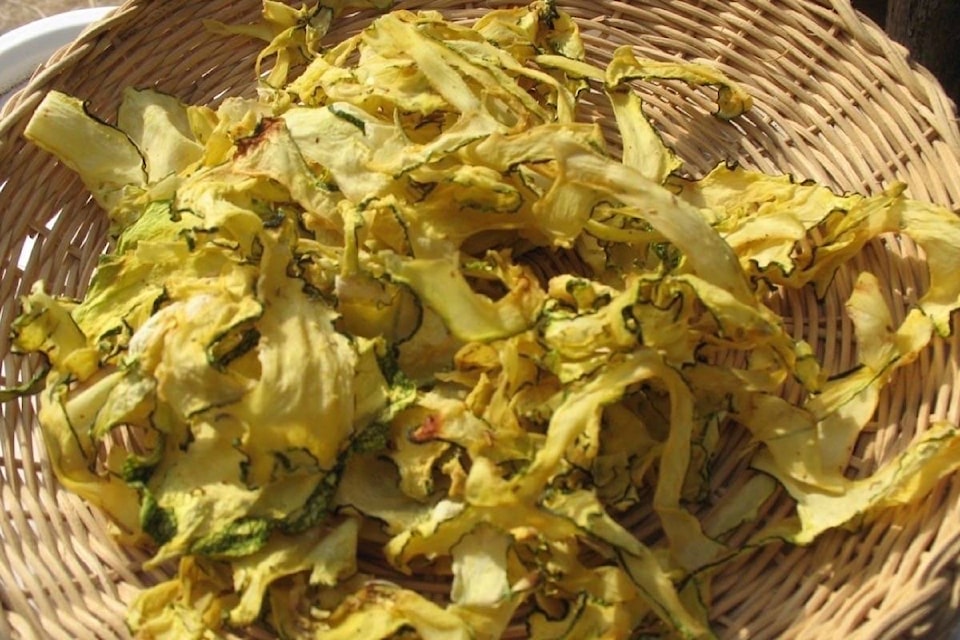By Mary Lowther
In ancient Egypt harvest season occurred between May and September when the Nile was at its nadir and grain matured. Old England marked the end of this season with harvest festivals, serendipitously coinciding with the production of ale from recently-gathered barley that “lay smiling on the scythe”. I’m looking forward to the end of harvest season and planning for next year, but in the meantime harvesting gets in the way of gardening.
Although I try to have something edible growing all winter, the bulk of my garden ripens now, so harvesting and processing leaves little room for anything else, and here’s the rub: the better gardeners we become, the more food we grow and the more time we must spend preserving this food leaves less time for gardening.
It’s like putting your kids into sports: the more they exercise, the more food they eat and the money spent on extra food means there’s less money available for sports. Or maybe we cut out less important things, like having a car.
It always amazes me how much produce can grow on so little land. I plant my crops a bit farther apart than most books recommend, but Solomon is right — roots fill up the extra space and grow bigger, more fruitful plants so I save money on seeds and transplants. I wonder how big plants would become if they were planted even farther apart?
Back to harvesting: when you’ve filled up the freezer and can’t bear to can another jar of tomatoes, get a dehydrator and dry the rest, or dry it in the oven. Break dried vegetables down to a powder in the blender and use this in the winter to season soups. Here’s another idea:
Dried Vegetable Chips
Slice the vegetable a quarter inch thick, sprinkle with a little salt and place in a colander to drain for an hour or more. Squeeze out as much fluid as you can and place in a bowl. Taste one — if it’s too salty, rinse the slices and squeeze them again to get the water out. Add a bit of oil and herbs and place in a single layer in the dehydrator or in an oven at 150 F. and check them every couple of hours or so until the slices are dry, when there are no more moisture beads on them. My zucchini strips took 12 hours. Store in glass jars or plastic bags in a cool place.
I used too much salt the first time I did this so I ground up the slices for soup. Dehydrated foods take up very little room and don’t need refrigeration and I think the money spent buying a dehydrator plus the cost of power using it outweighs the cost of using a deep freezer. Also, depending on the temperature, more nutrients remain in dehydrated food.
According to most sources, the optimum temperature for dehydrating vegetables is between 125 and 135 degrees F. If you buy a second hand one like I did, you can check the temperature by placing a thermometer on each level. Mine showed 120 F on the highest level and 150 F on the lowest, so I move the tiers around from time to time until they’re all dry at the same time.
Please contact mary_lowther@yahoo.ca with questions and suggestions since I need all the help I can get.
